Are you looking for a way to attract more deer to your property? Planting turnips could be the answer! Harvesting turnips for deer can provide an additional food source during certain times of year. However, it is important to consider factors such as soil fertility and climate when determining when the best time is to plant. In this blog post, we’ll explore those considerations in detail so you can ensure a successful harvest and increase your chances of attracting delicious deer!
Why Attract Deer to Your Land?
Attracting deer to your land can be a great way to enjoy nature and observe wildlife. Deer are some of the most iconic animals in North America and seeing them up close can be an amazing experience. But why should you go out of your way to attract deer to your land? There are several key reasons:
- Viewing – even if you don’t hunt, viewing deer in their natural habitat can be incredibly rewarding and peaceful. Watching them interact with one another is fascinating, and can provide hours of entertainment. [1]
- Venison – if you’re looking to add some fresh, delicious meat to your diet, deer will provide it. Venison is one of the healthiest meats available, and can be prepared in a variety of ways.
- Improved land value – if you own your land, having deer on it will increase its value significantly over time. This increased property value can make owning property much more lucrative and worthwhile.
- Habitat improvement – allowing deer to roam freely on your land helps to improve the natural habitat and provides them with the resources they need to thrive. This is beneficial for both humans and animals alike. [2]
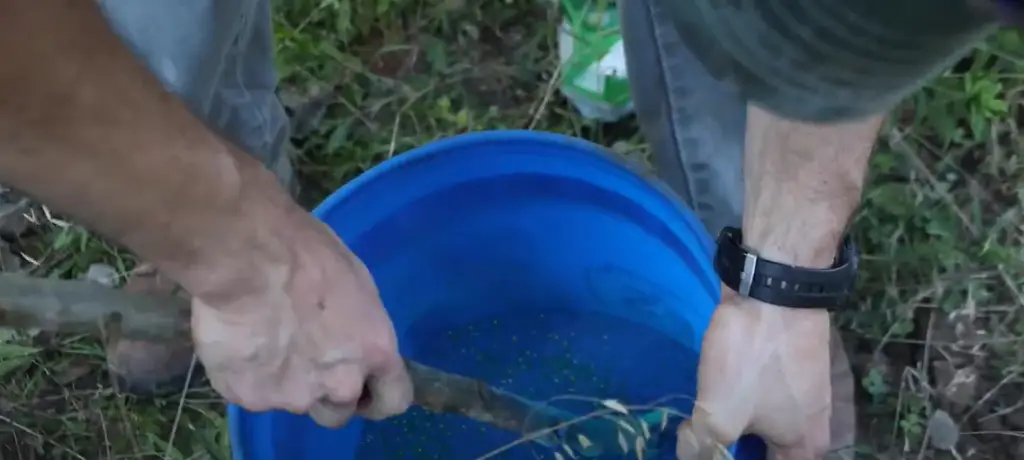
What Foods Do Deer Like?
Deer are browsers, so they eat a lot of different plants. Their diet often depends on the season and region, but some common food sources include leaves, twigs, acorns, nuts, berries, grasses, shrubs and herbs. In addition to these foods, deer can also be attracted to gardens and yards for supplemental feedings. [3]
In areas where deer are abundant, it is important to fence in gardens and yards so that the deer do not eat all of the vegetation. If you want to feed them, there are a variety of commercially produced feeds available for purchase. These can be especially helpful during winter months when natural foods are scarce.
If you have a garden or yard that does not need to be fenced, you can also try planting some of the same plants and trees that deer would typically eat in the wild. This will provide them with a natural food source without having to purchase commercial feed.
In addition to plant-based foods, deer will also occasionally eat insects and small amounts of animal matter. This type of “opportunistic” feeding behavior is normal and should not be discouraged. [4]
Why Do Deer Love Turnips So Much?
- Deer are herbivores, and unlike other animals that feed on meat, they need a variety of foods to get all the nutrients they need. Turnips are one such food that provides deer with essential minerals and vitamins. [5]
- Turnips provide deer with high amounts of energy. The root vegetable contains natural sugars which are easily converted into energy once it enters the animal’s body.
- Turnips are readily and widely available in the wild, which is why deer naturally gravitate towards them. Deer do not have to search far for a turnip, allowing them to quickly satisfy their hunger and move on with their day.
- Turnips are low maintenance when it comes to growing or harvesting, making them easier to access than other root vegetables. This makes turnips an attractive option for deer who do not have the time or energy to search far and wide for food.
- The taste of turnips is also very appealing to deer, as it contains natural minerals and sugars that they crave. Deer love the taste of turnips, so even if other vegetation is available in the area, they will still go for the turnips first.
- In addition, deer can easily digest turnips without experiencing any digestive issues. This combination of accessibility, taste, and digestibility makes turnips much more attractive to deer than other vegetative sources of nutrition.
- Finally, turnip leaves are also a great source of nutrition for deer. The leaves are high in protein, calcium, and other nutrients that deer need for healthy growth and development. Turnip leaves also have a much higher nutritional value than grass or other vegetation that is found in the wild, making them an even more attractive option.
In conclusion, turnips provide deer with all the essential minerals and vitamins they need to stay healthy. They are easily found in the wild, and their taste, digestibility, and nutritional value make them very attractive to deer. This is why turnips remain a popular choice among deer for their daily feeding needs. [6]
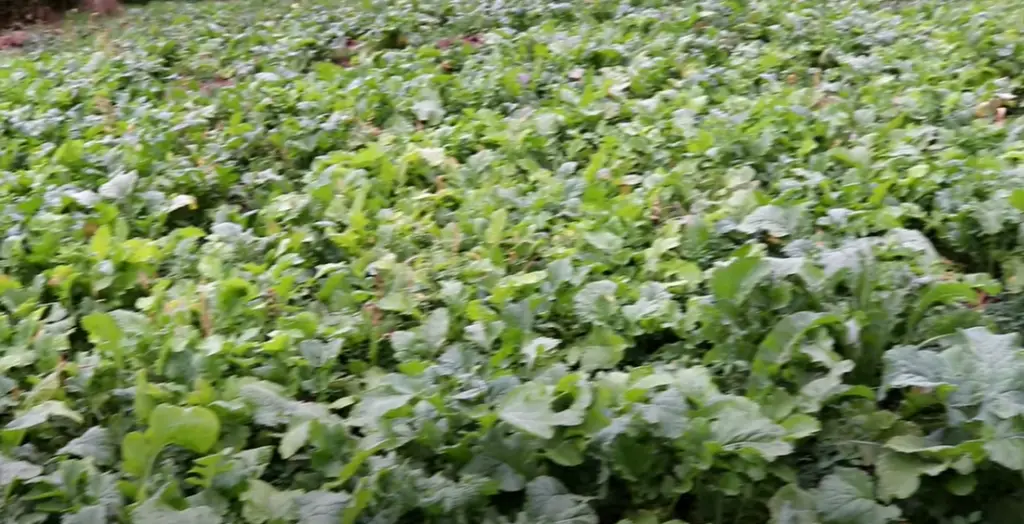
What Type of Turnip Is Best for Deer?
Turnips are an important part of a deer’s diet, and different types of turnips provide different nutritional benefits.
Purple Top Turnips
Purple top turnips offer a nutritious source of nutrition for deer during the winter months. They are high in sugar content and can provide an excellent source of energy when other food sources may be scarce. The large taproot also provides long-lasting sustenance if it is not consumed by the deer right away, allowing them to return to it over time.
Forage Turnips
Forage turnips are a type of turnip that is much more palatable for deer than other varieties. They are high in fiber, making them a great source of roughage for digestion and gut health. The leaves of the plant can also be eaten, increasing the total nutritional value for deer as well as providing additional nutrients.
Rape Turnips
Rape turnips are a type of brassica that is high in sugar content and extremely palatable for deer. The leaves can also be eaten, providing additional nutrition and making it an ideal choice for deer during the winter months when other food sources may be scarce. It is important to note, however, that rape turnips can be a bit too sweet for some deer, so it is best to monitor consumption to ensure they do not eat too much of this type of turnip.
Hybrid Turnips
Hybrid turnips are a combination of two or more varieties of Brassica and offer the combined benefits of each variety. For instance, hybrid varieties may provide higher sugar content than other types of turnips, higher fiber content than forage turnips, and a more palatable flavor than rape turnips. These varieties can be an excellent choice for deer during the winter months when food sources may be scarce or limited.
Overall, there is no one-size-fits-all type of turnip that is best for deer, as different types of turnips offer different benefits. It is important to keep in mind the nutritional needs of deer and look into the various types of turnips available to ensure that they are getting the best possible nutrition during the winter months. With careful consideration and research, deer owners can find the perfect type of turnip that will provide their animals with a nutritious and balanced diet. [7]

What Soil is Best for Turnips?
Turnips are a root vegetable that have been enjoyed throughout the centuries. As such, they can be grown in almost any garden. However, turnips do require certain conditions of soil to thrive and benefit from essential nutrients for optimal growth.
When it comes to choosing the best type of soil for turnips, sandy clay loam is usually preferred. This type of soil is known for its ability to maintain moisture, which is necessary for turnips to have adequate access to water. Additionally, sandy clay loam also has the benefit of providing good drainage and aeration, which ensures that the roots of the turnip can grow without being too saturated in water or becoming deprived due to a lack of air circulation.
The pH levels of the soil should also be taken into consideration when growing turnips. Generally, a soil pH of 6.0 to 6.8 is suitable for turnip growth, as this provides the optimal level of nutrients that the plant needs to thrive.
It’s essential to ensure that your chosen soil has plenty of organic matter in it too. This can help to provide essential minerals and nutrients that turnips need to grow and develop. Manure, compost and other organic matter can all be added to the soil before planting for this purpose.
Once you have chosen the right type of soil, it’s important to monitor its water levels closely. The soil should remain moist but not overly saturated in order for the turnip roots to properly absorb nutrients from the earth. It’s also important to remember that the soil should be well-drained so as not to create an overly damp environment in which the turnips cannot grow. [8]
What is the Best Time To Plant Turnips For Deer?
Turnips are an excellent forage crop for deer, providing them with a nutritious and attractive source of food. Planting turnips in the fall is ideal for establishing a successful turnip crop that will provide your herd with much needed forage during the winter months.
The best time to plant turnips for deer depends on where you live and what type of turnip you are planting. Generally, the ideal time for planting turnips in most regions is from late August to early September, giving the plants enough time to establish a good root system before cold weather sets in. In more northern climates, you may want to wait until late September or even October to give the plants extra time to mature and produce edible roots.
It’s important to make sure you choose the right variety of turnip for your local climate and soil conditions. Some varieties are better suited for colder climates while others may be better adapted to milder winters. Make sure you read up on the specific type of turnip you plan to plant before getting started. [9]
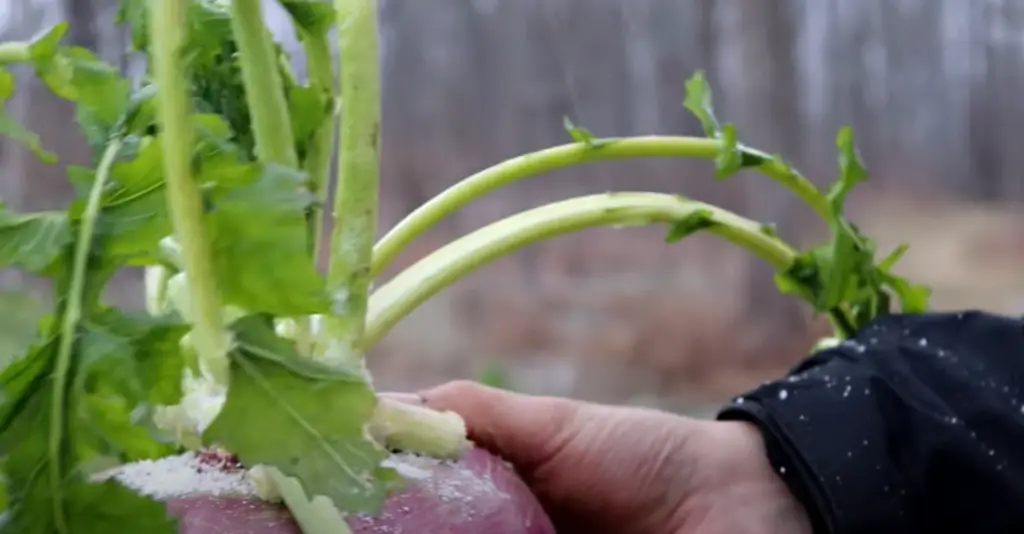
How to Grow Turnips?
Turnips are a great crop to grow if you have limited space in your garden. They can be grown in containers, raised beds, or even just tucked into the corners of your flower beds. Here’s how to get started growing turnips:
Step 1: Choose a Variety
When it comes to choosing the variety of turnip you want to grow, there are a few things to consider. First, decide whether you want to grow winter or spring varieties. Winter turnips are more tolerant of cold weather and have larger roots. Spring turnips are usually less hardy but can produce multiple harvests throughout the year.
Next, consider the size of the root you want. Some varieties produce small roots while others can reach up to 3lbs or more! If you’re looking for a quick harvesting option, opt for baby turnips that are ready in as little as 30 days.
Step 2: Planting & Care
Turnips are relatively easy to grow and need a well-drained soil that is slightly acidic. Make sure to loosen the soil before planting and spread out the seeds accordingly. Cover lightly with 1/4 inch of soil, water in, and wait for them to sprout.
Turnips will need regular watering, especially during dry spells. If the leaves begin to droop, give your plants a good drink. Mulching is also beneficial for controlling weeds and retaining moisture in the soil.
Step 3: Harvesting
Turnips can usually be harvested within 40-60 days after planting, depending on the variety you choose. The roots should be firm and about 2-3 inches in diameter before they are ready to be harvested. Pull them carefully so as not to damage the roots, and enjoy your homegrown turnips!
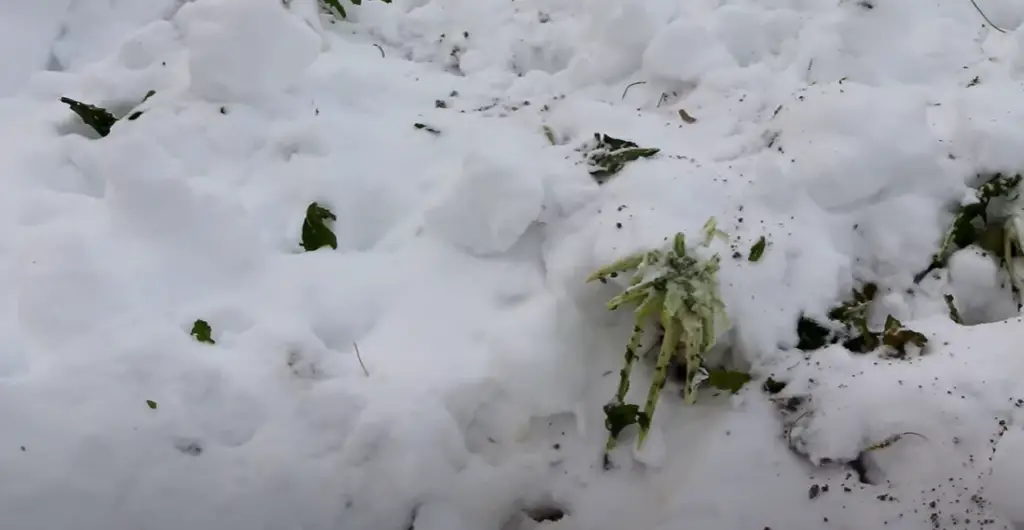
Tips & Tricks
- For larger turnip roots, thin out your plants when they reach 3-4 inches tall. This will ensure that the roots have plenty of space to grow.
- Start a new crop every 2-3 weeks for a consistent harvest throughout the season.
- Add a bit of lime or wood ash to the soil for an extra boost of nutrients.
- Try making your own homemade pickles – thinly slicing turnips and soaking them in brine creates a delicious twist on traditional dill pickles!
- Don’t forget to leave some of your turnip greens growing as well – they are packed with vitamins and minerals, plus make a great addition to salads.
- If you have more turnips than you can eat, they can be stored in the refrigerator for up to two months. Make sure to wrap them tightly in plastic or store them in an airtight container to keep them fresh.
- To extend your harvest even further, try planting turnips in late summer for a winter crop that can be harvested through the cold weather months.
- Compost any leftover turnip tops – they make great fertilizer for your garden beds! [10]
FAQs
Can you plant sugar beets and turnips together?
Yes, both sugar beets and turnips can be planted together in the same garden. This is beneficial for several reasons: first, it allows the plants to benefit from each other’s nutrients; second, it provides a variety of colors and textures in your garden; and third, it minimizes the potential for pests and diseases by diversifying your plant population. However, it is important to avoid overcrowding when planting them together, as this can reduce air circulation and increase the chances of disease. It is also essential to ensure the soil has enough nutrients for both plants before planting. Additionally, be sure to provide adequate water and space between the two vegetables in order to optimize their growth.
Are radishes or turnips better for deer?
The decision of whether radishes or turnips are better for them is really up to personal preference. Both vegetables provide many beneficial nutrients and minerals that can help keep deer healthy. Radishes have a higher sugar content than turnips, which makes them more attractive to deer in terms of flavor, but they also contain fewer calories and fewer vitamins and minerals. Turnips, on the other hand, have a much higher vitamin and mineral content than radishes, making them a better choice from a nutritional perspective.
When deciding which vegetable is best for deer it is important to consider that both radishes and turnips can become toxic when left uneaten in large quantities over time. Deer should be encouraged to eat all of the vegetables they are given in order to avoid potential health risks. It is also important to ensure that the vegetables are harvested when they are still fresh and nutritious, as this will ensure they provide deer with the most nutritional benefit. Be sure to supplement a diet of radishes or turnips with other nutritious vegetation such as grasses, clover, and alfalfa. This will help provide deer with a more balanced diet and ultimately lead to healthier, happier animals.
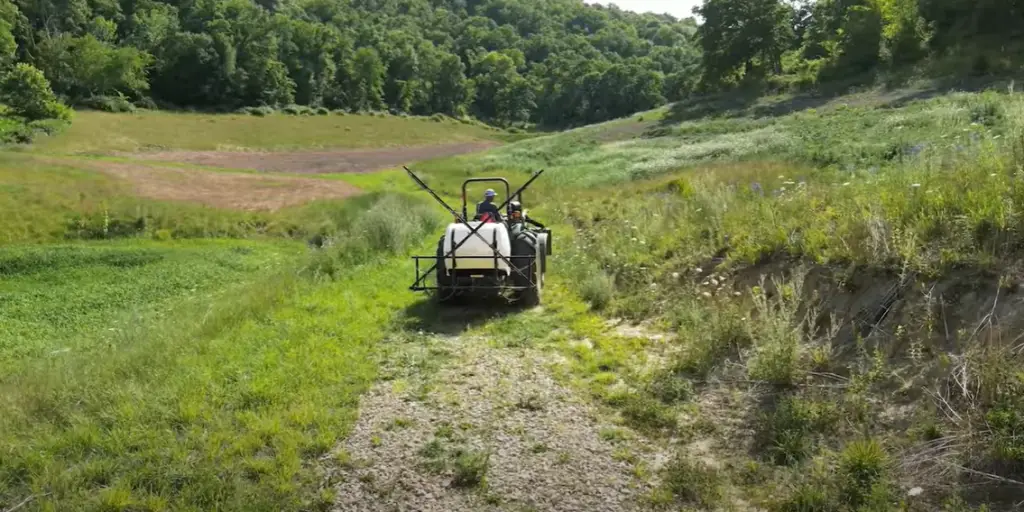
What cannot be planted with turnips?
Turnips cannot be planted near potatoes, squash, melons, or corn. These crops are part of the same family and will compete with each other for nutrients. Additionally, planting turnips too close to legumes such as beans and peas can potentially cause nutrient deficiencies in the soil. Turnips should also not be planted near plants that are susceptible to diseases or pests, as these issues can spread to the turnips. Finally, planting too many turnips in a small area will cause overcrowding and can reduce yields.
Do deer like sugar beats?
Deer have a sweet tooth, and in limited quantities they will enjoy eating sugar beets. However, deer also need to eat other plants to get the vitamins, minerals, fiber, and protein that make up a healthful diet. Therefore, it’s important to remember that while deer may enjoy sugar beets, they should not be the only food source provided.
It’s best to provide sugar beets as a supplement to other plant-based foods in the diet. They can also be used as bait during hunting season, since deer have a natural curiosity and will often approach an unfamiliar scent or sound. When feeding deer sugar beets, it’s important to remember that overfeeding can cause digestive problems and lead to malnutrition, so moderation is key.
Additionally, feeding deer sugar beets in residential areas can encourage them to stay in the area, leading to human-deer conflict. If you’re looking for a way to attract deer without encouraging them to linger too long, consider planting native shrubs and trees in your yard that provide natural food sources. This will give the deer a safe place to forage, without introducing them to potentially harmful foods.
Useful Video: HOW TO PLANT THE BEST TURNIPS FOR WHITETAILS
The Bottom Line
Planting turnips for deer is an effective way to bring more of them to your area for the long term. It can also be a great way to supplement existing food sources. However, not everyone understands when it is the best time to plant turnips for deer. Ideally, this should happen as soon as possible after the last frost each year, with late summer and early fall being ideal times for harvest. With careful planning and proper timing, you can have a successful crop of turnips that will draw in deer season after season. Additionally, you may even be able to encourage some of the more elusive bucks along since they will prefer eating sweet and crunchy root vegetables without much competition from other animals. While there are other things to consider such as soil type and general health of your chosen area, understanding when to plant turnips for deer is ultimately key in achieving success with this method.
References:
- https://www.deerhuntingguide.net/how-to-attract-deer.html
- https://www.mossyoak.com/our-obsession/blogs/deer/12-things-you-need-to-hold-mature-bucks-on-your-property-besides-food
- https://www.woodlandtrust.org.uk/blog/2019/05/what-deer-eat/
- https://www.northamericanwhitetail.com/editorial/whitetail-101-what-do-deer-eat/262416
- https://climatecafes.org/best-time-to-plant-turnips-for-deer/?expand_article=1
- https://deerhuntinglife.com/do-deer-eat-turnips/
- https://deerassociation.com/food-plot-species-profile-turnips/
- https://extension.umn.edu/vegetables/growing-turnips-and-rutabagas
- https://www.floridayards.org/when-to-plant-turnips-for-deer/
- https://www.rhs.org.uk/vegetables/turnips/grow-your-own





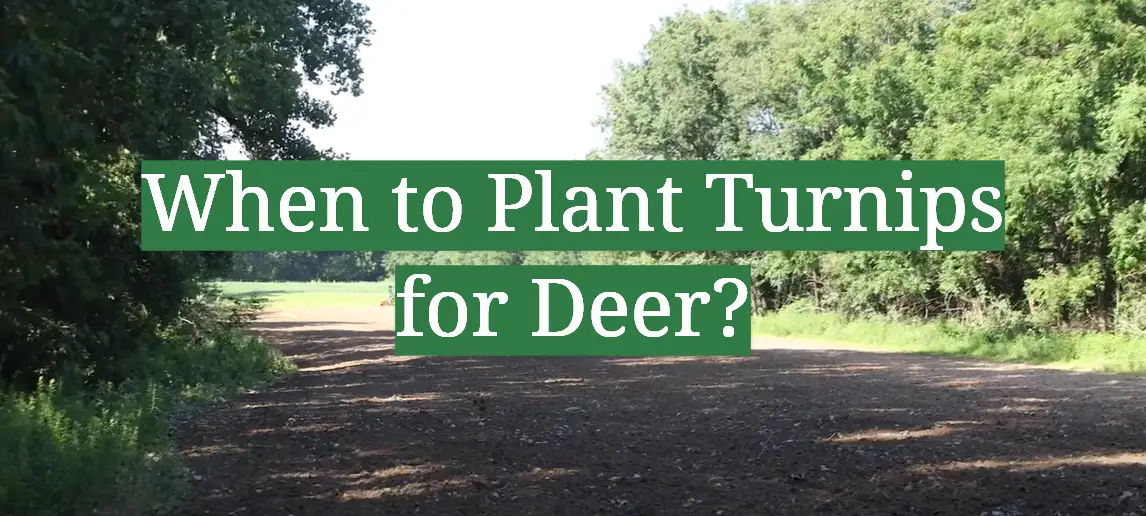

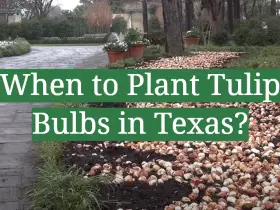
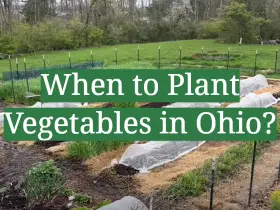
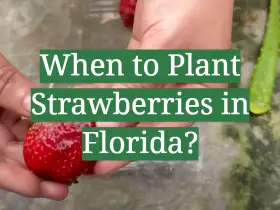
Leave a Reply
View Comments